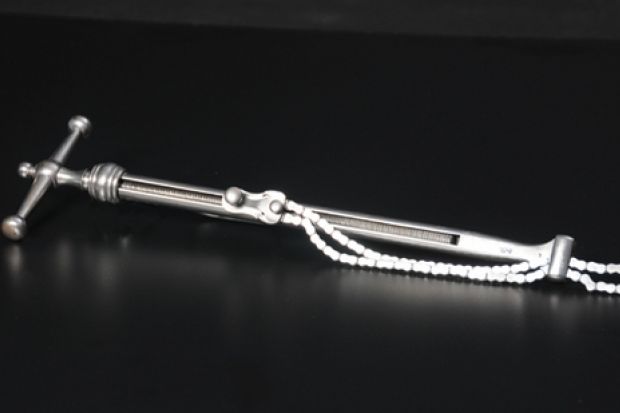The other instruments shown here are: a horse tooth grater, narrowing pincers and two devices also for castration.
All form part of the historical collection used by the University of Montreal's Faculty of Veterinary Medicine since it was founded 125 years ago, largely to provide services to working animals. The institution itself was established in 1876 as the Université de Laval à Montréal.
A number of events are being held this year to mark the 250th anniversary of the creation of the veterinary profession, when Claude Bourgelat founded the world's first veterinary school in Lyons, France. He was also a pioneer in comparative pathobiology who revolutionised modern medicine by arguing that the study of animal biology and pathology could prove crucial in helping to understand and treat humans.
Send suggestions for this series on the treasures, oddities and curiosities owned by universities across the world to: matthew.reisz@tsleducation.com.
